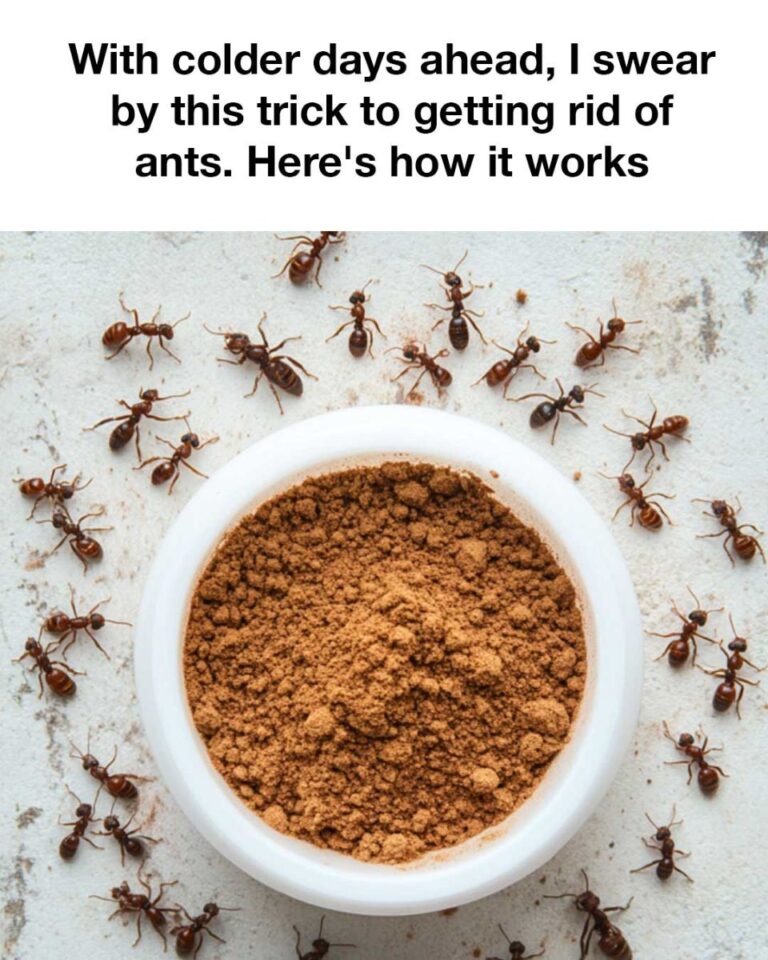As the temperature drops and the days grow shorter, many homeowners find themselves facing an unexpected indoor guest: ants. While ants are typically associated with warmer months, they can become a nuisance during colder seasons as well. Seeking warmth and food, these tiny invaders often make their way into homes, causing frustration for those trying to keep their living spaces pest-free. Understanding why ants invade during this time and how to effectively deal with them is crucial for maintaining a comfortable home environment.
Understanding Why Ants Invade Homes
Ants are highly adaptive creatures, and their primary goal is to survive and sustain their colonies. During colder months, their natural food sources become scarce, and the cold weather drives them to seek shelter. Homes provide the perfect refuge, offering warmth and a steady supply of food. Cracks in walls, gaps under doors, and other small openings serve as entry points for ants. Once inside, they establish trails to food sources, making it essential to address the problem promptly.
The Science Behind Ant Behavior in Cold Seasons
Ants are ectothermic, meaning their body temperature is regulated by external conditions. In cold weather, their metabolism slows down, and they become less active. However, to ensure the survival of the colony, worker ants venture out to find food and warmth. This behavior is driven by the need to maintain the queen and the brood, which are vital for the colony’s future. Understanding this behavior helps in developing effective strategies to combat ant invasions during winter.
Common DIY Solutions for Ant Infestations
There are several DIY solutions that homeowners commonly use to tackle ant infestations. These include natural remedies like vinegar and water sprays, essential oils such as peppermint or tea tree, and diatomaceous earth. While these methods can be effective to some extent, they often require frequent application and may not address the root of the problem. For a more lasting solution, it’s important to combine these methods with preventative measures.
Introducing the Trick: A Proven DIY Solution
After years of dealing with pesky ants, I’ve discovered a simple yet effective DIY solution that has consistently worked for me. This trick involves using a combination of borax and sugar to create a bait that ants can’t resist. The sugar attracts the ants, while the borax acts as a poison that they carry back to their colony, effectively eliminating the problem at its source. This method is not only cost-effective but also easy to implement with materials you likely already have at home.
As the temperature drops and the days grow shorter, many homeowners find themselves facing an unexpected indoor guest: ants. While ants are typically associated with warmer months, they can become a nuisance during colder seasons as well. Seeking warmth and food, these tiny invaders often make their way into homes, causing frustration for those trying to keep their living spaces pest-free. Understanding why ants invade during this time and how to effectively deal with them is crucial for maintaining a comfortable home environment.
Understanding Why Ants Invade Homes
Ants are highly adaptive creatures, and their primary goal is to survive and sustain their colonies. During colder months, their natural food sources become scarce, and the cold weather drives them to seek shelter. Homes provide the perfect refuge, offering warmth and a steady supply of food. Cracks in walls, gaps under doors, and other small openings serve as entry points for ants. Once inside, they establish trails to food sources, making it essential to address the problem promptly.
The Science Behind Ant Behavior in Cold Seasons
Ants are ectothermic, meaning their body temperature is regulated by external conditions. In cold weather, their metabolism slows down, and they become less active. However, to ensure the survival of the colony, worker ants venture out to find food and warmth. This behavior is driven by the need to maintain the queen and the brood, which are vital for the colony’s future. Understanding this behavior helps in developing effective strategies to combat ant invasions during winter.
Common DIY Solutions for Ant Infestations
There are several DIY solutions that homeowners commonly use to tackle ant infestations. These include natural remedies like vinegar and water sprays, essential oils such as peppermint or tea tree, and diatomaceous earth. While these methods can be effective to some extent, they often require frequent application and may not address the root of the problem. For a more lasting solution, it’s important to combine these methods with preventative measures.
Introducing the Trick: A Proven DIY Solution
After years of dealing with pesky ants, I’ve discovered a simple yet effective DIY solution that has consistently worked for me. This trick involves using a combination of borax and sugar to create a bait that ants can’t resist. The sugar attracts the ants, while the borax acts as a poison that they carry back to their colony, effectively eliminating the problem at its source. This method is not only cost-effective but also easy to implement with materials you likely already have at home.

